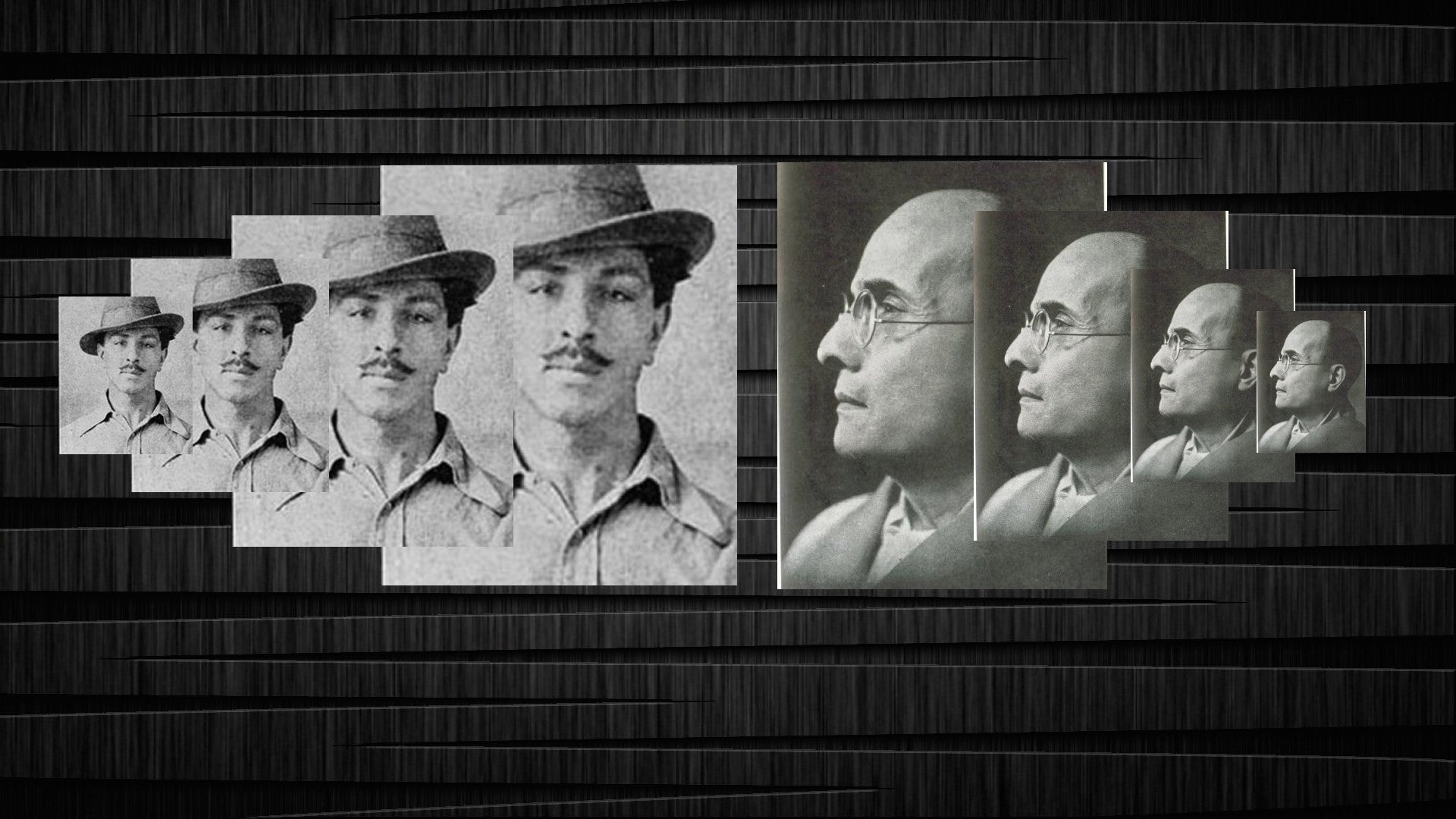
Bhagat Singh and Savarkar, Two Petitions that Tell Us the Difference Between Hind and Hindutva
The Indian revolutionary, who popularized the slogan ‘Inqilab Zindabad’, demanded that the British send a military detachment to execute him by firing squad; the Hindu nationalist promised to give up the fight for freedom if released – and kept his word.
Note: This article was first published on March 23, 2016 and is being republished on September 28, 2019, Bhagat Singh’s birth anniversary.
Eighty-five years ago, on March 23, 1931, Shaheed Bhagat Singh and his two comrades-in-arms, Shaheed Rajguru and Shaheed Sukhdev were hanged in Lahore by the British colonial government. At the time of his martyrdom, Bhagat Singh was barely 23 years old. Despite the fact that he had his whole life ahead of him, he refused to seek clemency from the British as some well-wishers and family members wanted him to do. In his last petition and testament, he demanded that the British be true to the charge they laid against him of waging war against the colonial state and that he be executed by firing squad and not by hanging. The document also lays out his vision for an India whose working people are free from exploitation by either British or Indian “parasites”.
At a time when the Bharatiya Janata Party national executive has decided to make nationalism its rallying cry, it is useful to compare the patriotic attitude and vision of Bhagat Singh with that of the Sangh parivar’s icon, V.D. Savarkar, author and originator of the concept of ‘Hindutva’, which the BJP swears by.
Read more:
https://thewire.in/history/bhagat-singh-and-savarkar-a-tale-of-two-petitions








